- Home
- Resource
- Explore & Learn
- Molecular Allergy Diagnostics Empowering Personalized Medical Approaches
- Home
- IVD
- By Technology Types
- By Diseases Types
- By Product Types
- Research
- Resource
- Distributors
- Company
Allergies are a common health issue affecting millions of people worldwide, causing symptoms ranging from mild discomfort to life-threatening reactions. Traditional allergy diagnosis often relies on skin tests or blood tests that measure the presence of IgE antibodies to specific allergens. However, these methods have limitations in identifying the exact cause of an allergic reaction and predicting the severity of the disease. Enter molecular allergology, a groundbreaking field that uses recombinant allergens and advanced diagnostic techniques to provide a precise and personalized approach to allergy diagnosis and treatment.
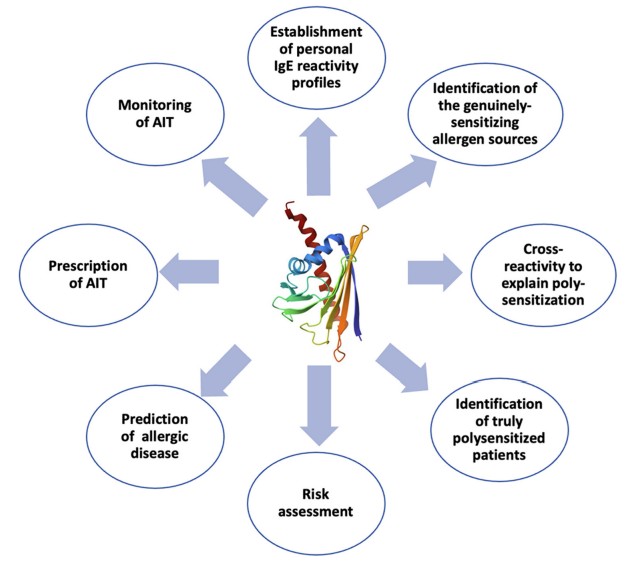 Fig.1 Overview of molecular allergy (MA)'s many applications in diagnosis. (Gyovai A., et al., 2025)
Fig.1 Overview of molecular allergy (MA)'s many applications in diagnosis. (Gyovai A., et al., 2025)
Before the advent of molecular allergology, allergy diagnosis was largely based on detecting IgE antibodies in the blood or observing skin reactions to allergen extracts. While these methods were useful, they had significant drawbacks. For instance, allergen extracts often contained multiple proteins, making it difficult to pinpoint the exact allergen causing the reaction. Additionally, cross-reactivity between allergens from different sources could lead to false positives, complicating diagnosis.
The development of molecular cloning techniques in the late 1980s marked a turning point. Scientists could now isolate and characterize individual allergen molecules, leading to the creation of recombinant allergens that could be used in highly specific diagnostic tests. This advancement allowed for the identification of genuine sensitizations and cross-reactivities, providing a clearer picture of a patient's allergic profile.
Molecular allergology takes allergy diagnosis to a new level by identifying the specific IgE reactivity profiles of patients at the molecular level. This precision is crucial for several reasons:
Molecular tests detect IgE sensitization to major allergenic molecules with higher sensitivity than traditional extract-based tests. For example, recombinant allergens for grass pollen, house dust mites, and cat dander have been shown to be more effective in identifying genuine sensitizations.
Molecular diagnosis can distinguish between true sensitizations and cross-reactive responses. For instance, the ability to differentiate between birch pollen allergens and cross-reactive proteins has improved the accuracy of diagnosing genuine birch pollen allergies.
Certain molecular patterns are associated with more severe allergic reactions. For example, sensitization to specific cat allergens (Fel d 1, Fel d 3, Fel d 4) has been linked to more severe asthma and rhinitis. Molecular diagnosis can also predict the development of allergic diseases in children based on early IgE reactivity profiles.
AIT is a long-term treatment for allergies that involves gradually exposing patients to allergens to build tolerance. Molecular diagnosis ensures that the correct allergens are used in AIT, improving its efficacy and reducing the risk of adverse reactions.
Molecular allergology has a wide range of applications in clinical practice and research:

Molecular diagnosis helps identify the specific allergens causing symptoms, allowing for targeted treatment plans. For example, identifying sensitization to specific grass pollen allergens can guide the prescription of AIT.

Molecular tests can identify the specific proteins within a food that cause allergic reactions. For instance, Ara h 2 is a major peanut allergen associated with severe reactions. Detecting IgE to Ara h 2 can confirm a peanut allergy and assess the risk of anaphylaxis.

For patients allergic to insect venoms, molecular diagnosis can distinguish between sensitizations to different Hymenoptera venoms (e.g., honeybee vs. yellow jacket). This distinction is crucial for selecting the appropriate venom immunotherapy.

Molecular allergology provides detailed data on allergen sensitization patterns in different populations, helping researchers understand the prevalence and distribution of allergies.
Multiplex tests and allergen microarrays are powerful tools in molecular allergology. These tests can simultaneously measure IgE reactivity to multiple allergens, providing a comprehensive profile of a patient's sensitizations. For example, the ImmunoCAP ISAC microarray can detect IgE to over 100 allergens, allowing for detailed analysis of complex sensitization patterns.
Multiplex tests are particularly useful in identifying polysensitization and cross-reactivity. They can also predict the severity of allergic diseases by identifying specific molecular patterns associated with severe symptoms. For instance, studies have shown that certain IgE reactivity profiles in early childhood can predict the development of asthma or rhinitis later in life.
Despite its many advantages, molecular allergology faces several challenges:
Molecular allergology represents a significant advancement in the diagnosis and management of allergic diseases. By providing precise and personalized information about a patient's IgE reactivity profile, it enhances the accuracy of diagnosis, optimizes treatment plans, and improves patient outcomes. As technology continues to evolve, molecular allergology is poised to play an increasingly important role in the era of precision medicine. With ongoing research and the development of new diagnostic tools and therapies, the future looks promising for individuals suffering from allergies.
If you have related needs, please feel free to contact us for more information or product support.
Reference
This article is for research use only. Do not use in any diagnostic or therapeutic application.

Cat.No. GP-DQL-00203
Rotavirus Antigen Group A and Adenovirus Antigen Rapid Test Kit (Colloidal Gold)

Cat.No. GP-DQL-00206
Adenovirus Antigen Rapid Test Kit (Colloidal Gold), Card Style

Cat.No. GP-DQL-00207
Adenovirus Antigen Rapid Test Kit (Colloidal Gold), Strip Style

Cat.No. GP-DQL-00211
Rotavirus Antigen Group A Rapid Test Kit (Colloidal Gold), Card Type

Cat.No. GP-DQL-00212
Rotavirus Antigen Group A Rapid Test Kit (Colloidal Gold), Card Type
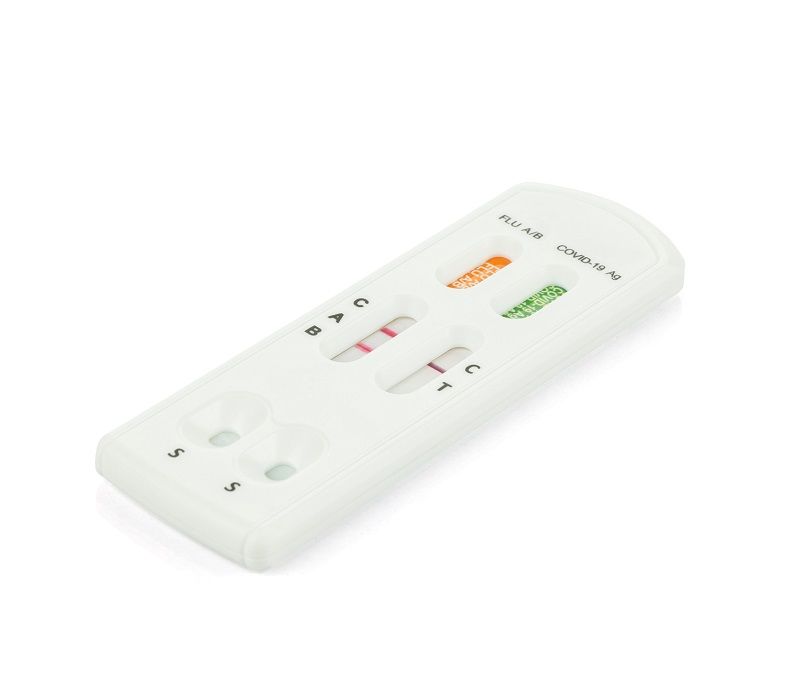
Cat.No. IP-00189
Influenza A Rapid Assay Kit

Cat.No. GH-DQL-00200
Follicle-stimulating Hormone Rapid Test Kit (Colloidal Gold)

Cat.No. GH-DQL-00201
Insulin-like Growth Factor Binding Protein 1 Rapid Test Kit (Colloidal Gold)
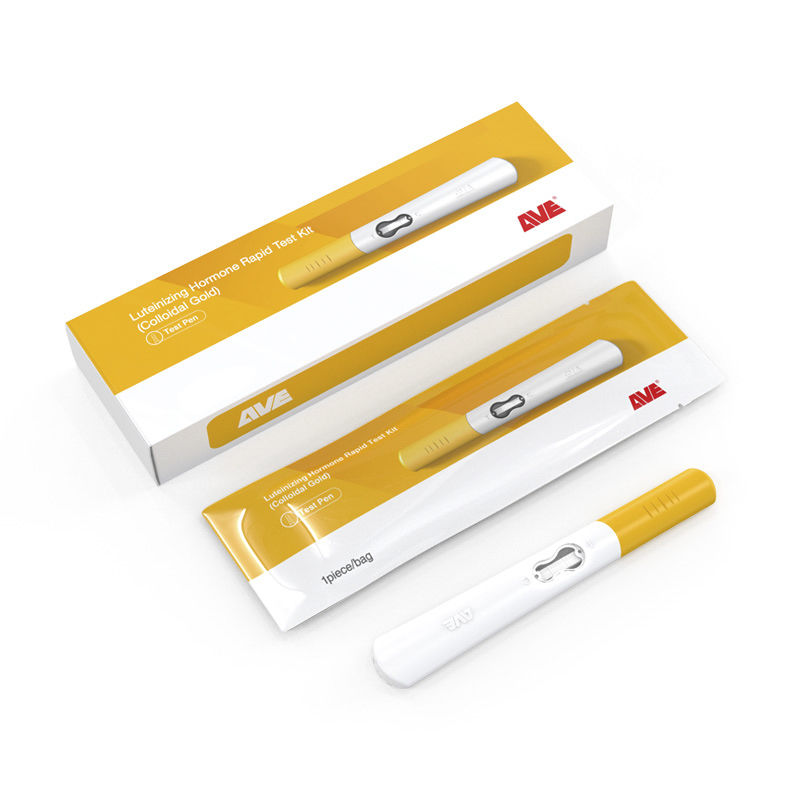
Cat.No. GH-DQL-00202
Luteinizing Hormone Rapid Test Kit (Colloidal Gold)

Cat.No. GH-DQL-00208
Follicle-stimulating Hormone Rapid Test Kit (Colloidal Gold), Strip Style

Cat.No. GH-DQL-00209
Insulin-like Growth Factor Binding Protein 1 Rapid Test Kit(Colloidal Gold), Strip Style

Cat.No. GH-DQL-00210
Luteinizing Hormone Rapid Test Kit (Colloidal Gold), Strip Style
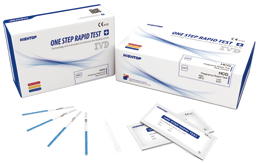
Cat.No. IH-HYW-0001
hCG Pregnancy Test Strip

Cat.No. IH-HYW-0002
hCG Pregnancy Test Cassette

Cat.No. IH-HYW-0003
hCG Pregnancy Test Midstream
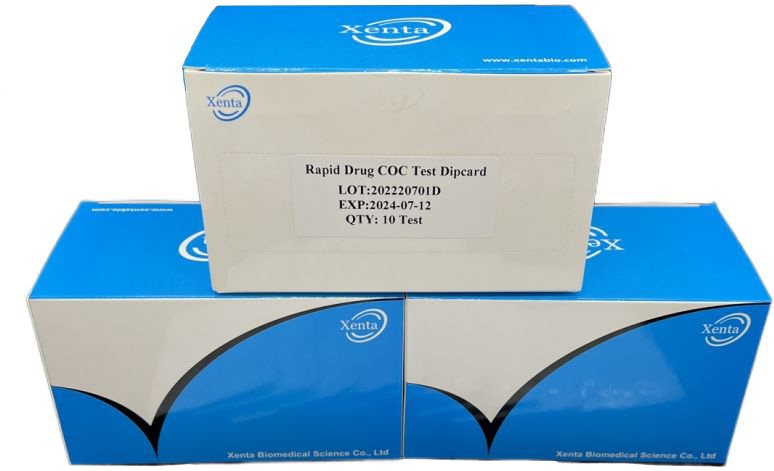
Cat.No. GD-QCY-0001
Cocaine (COC) Rapid Test Kit

Cat.No. GD-QCY-0002
Marijuana (THC) Rapid Test Kit

Cat.No. GD-QCY-0003
Morphine (MOP300) Rapid Test Kit

Cat.No. GD-QCY-0004
Methamphetamine (MET) Rapid Test Kit

Cat.No. GD-QCY-0005
Methylenedioxymethamphetamine ecstasy (MDMA) Rapid Test Kit

Cat.No. GD-QCY-0006
Amphetamine (AMP) Rapid Test Kit

Cat.No. GD-QCY-0007
Barbiturates (BAR) Rapid Test Kit

Cat.No. GD-QCY-0008
Benzodiazepines (BZO) Rapid Test Kit

Cat.No. GD-QCY-0009
Methadone (MTD) Rapid Test Kit
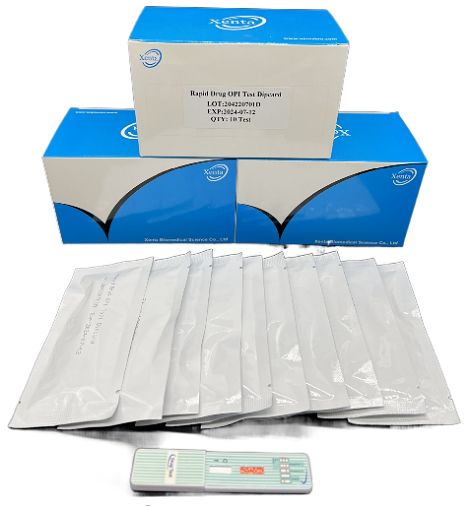
Cat.No. GD-QCY-0011
Opiate (OPI) Rapid Test Kit
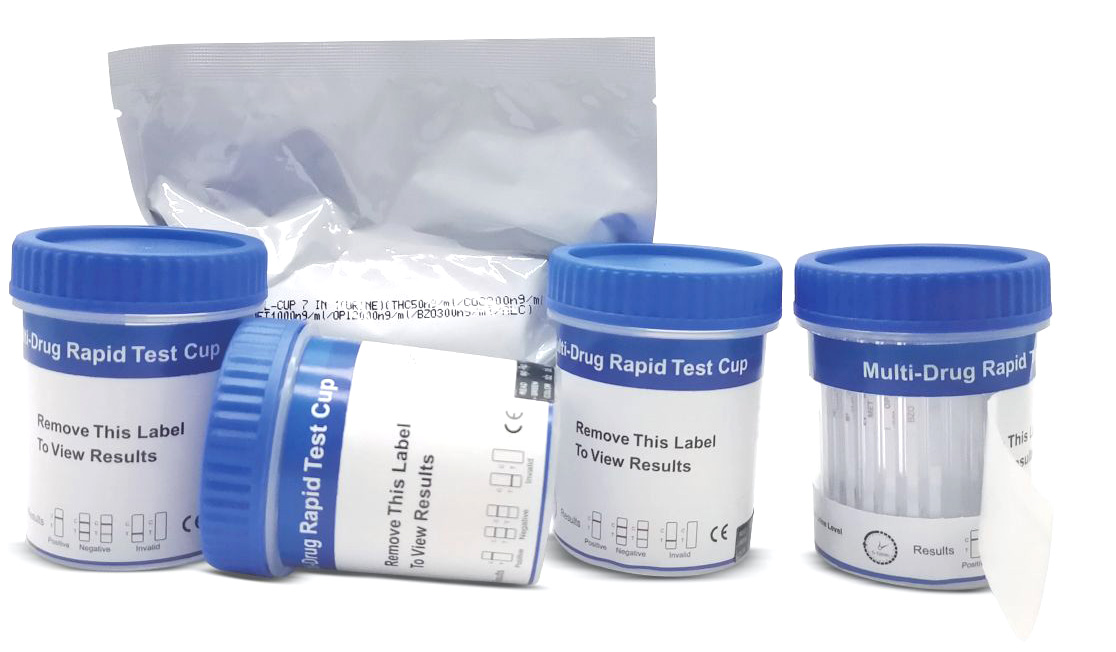
Cat.No. ID-HYW-0002
Multi-Drug Test L-Cup, (5-16 Para)
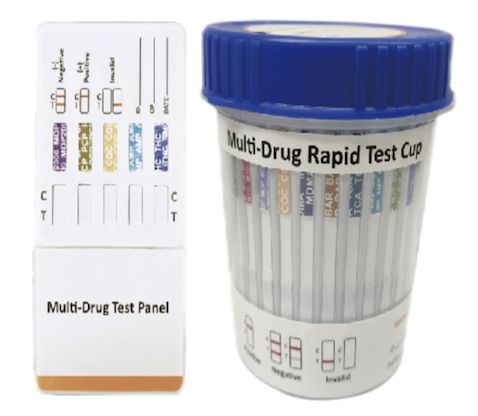
Cat.No. ID-HYW-0005
Multi-Drug Rapid Test (Dipcard & Cup) with Fentanyl

Cat.No. ID-HYW-0006
Multi-Drug Rapid Test (Dipcard & Cup) without Fentanyl
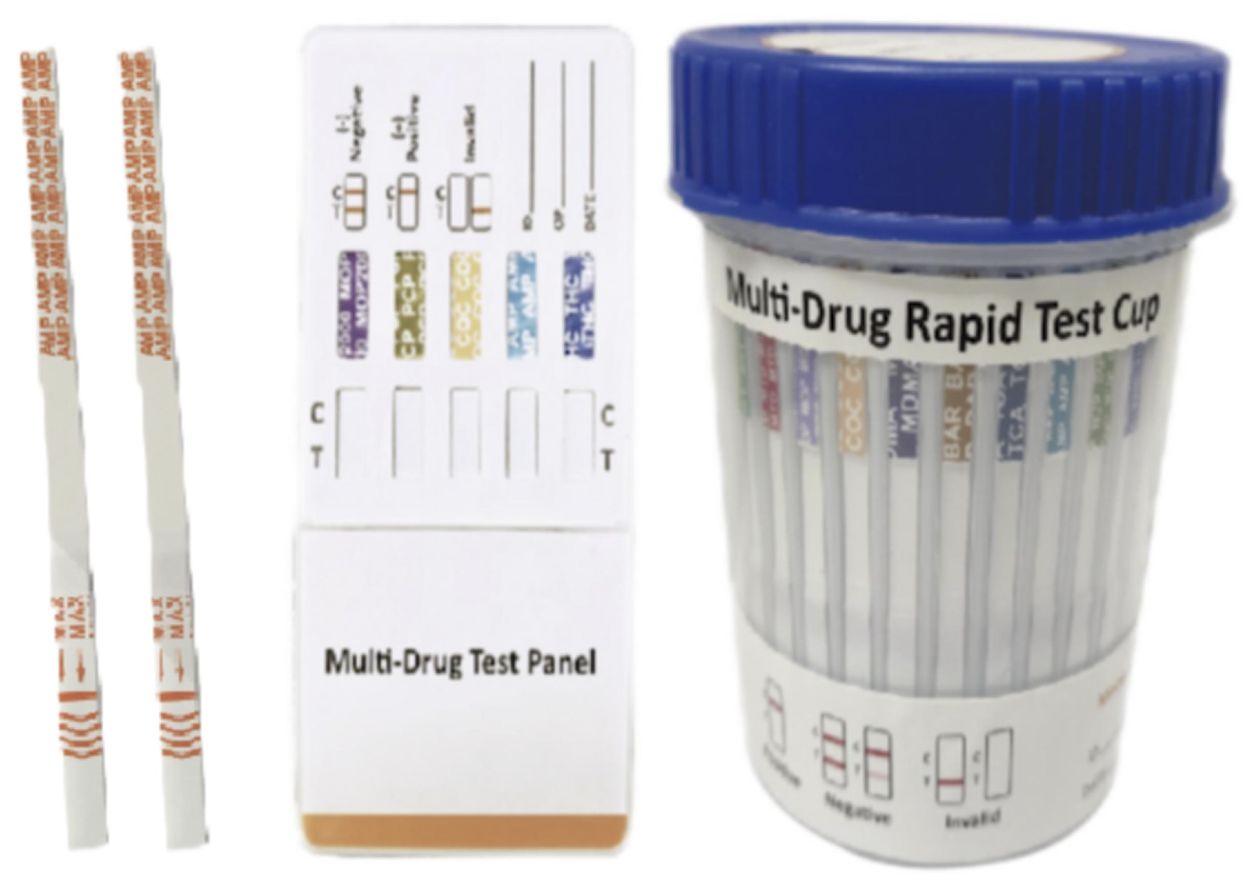
Cat.No. ID-HYW-0007
Multi-Drug 2~14 Drugs Rapid Test (Dipstick & Dipcard & Cup)
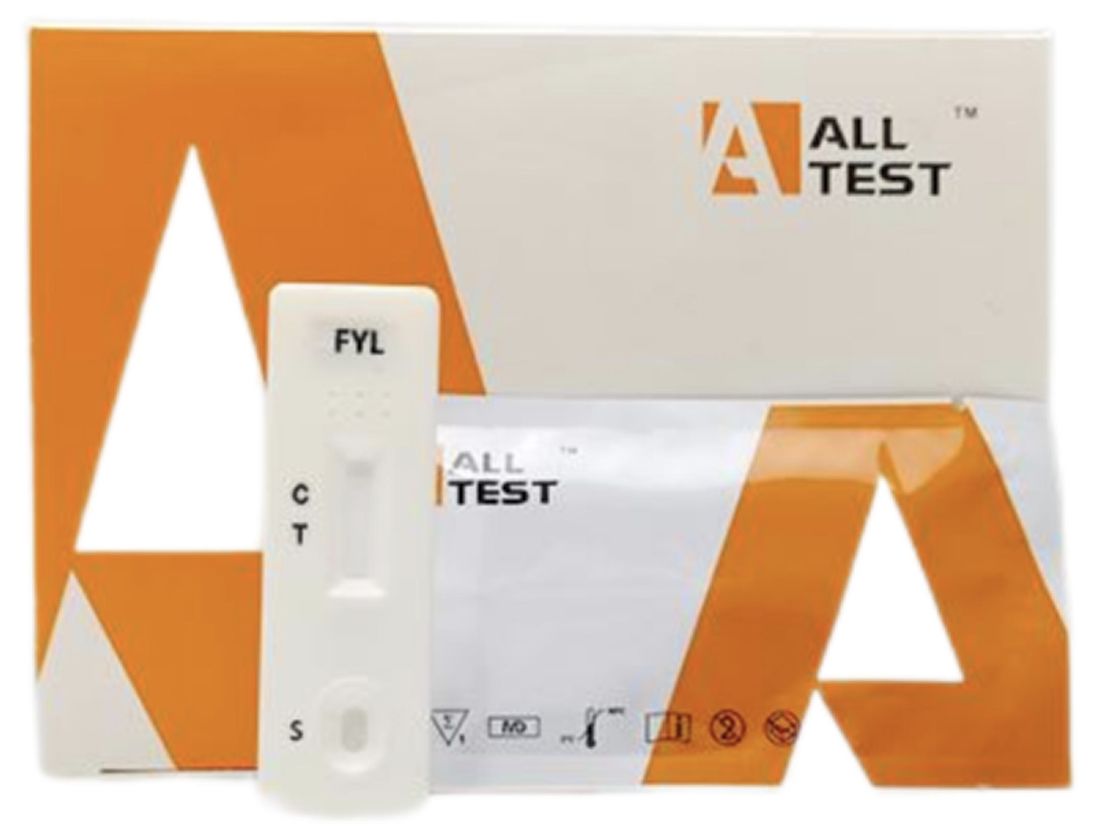
Cat.No. ID-HYW-0008
Fentanyl (FYL) Rapid Test (For Prescription Use)
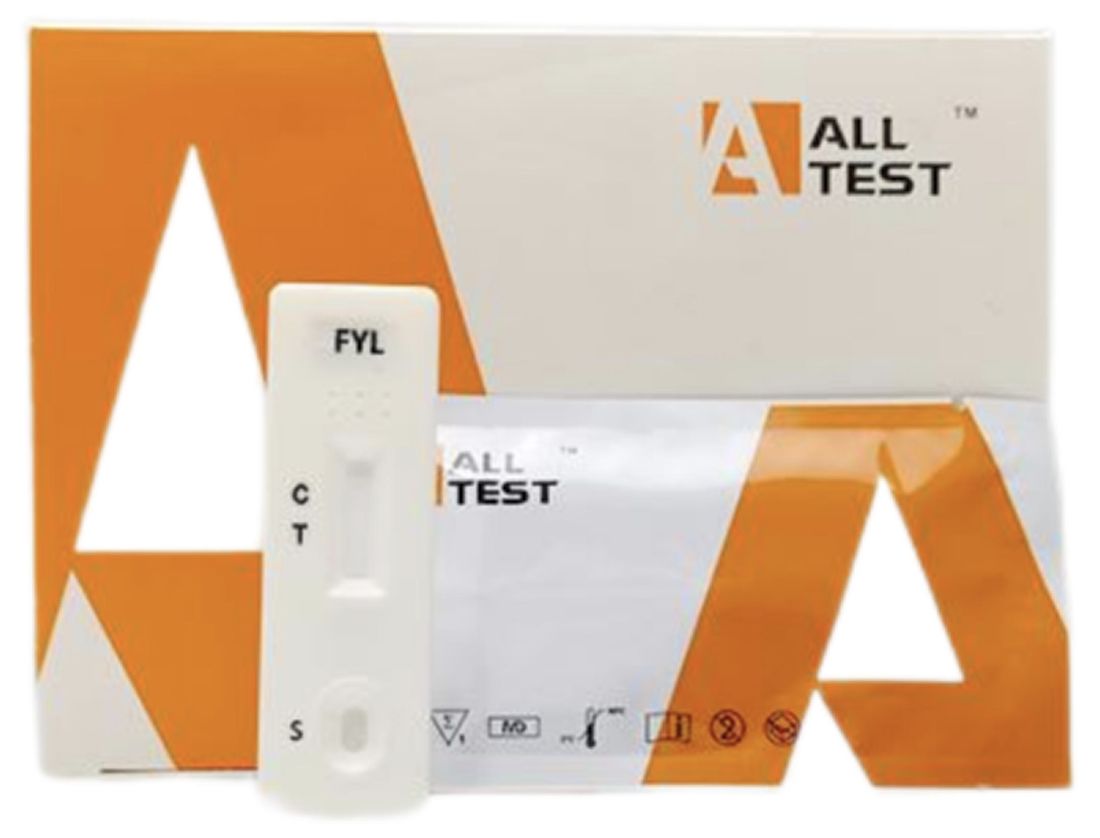
Cat.No. ID-HYW-0009
Fentanyl Urine Test Cassette (CLIA Waived)
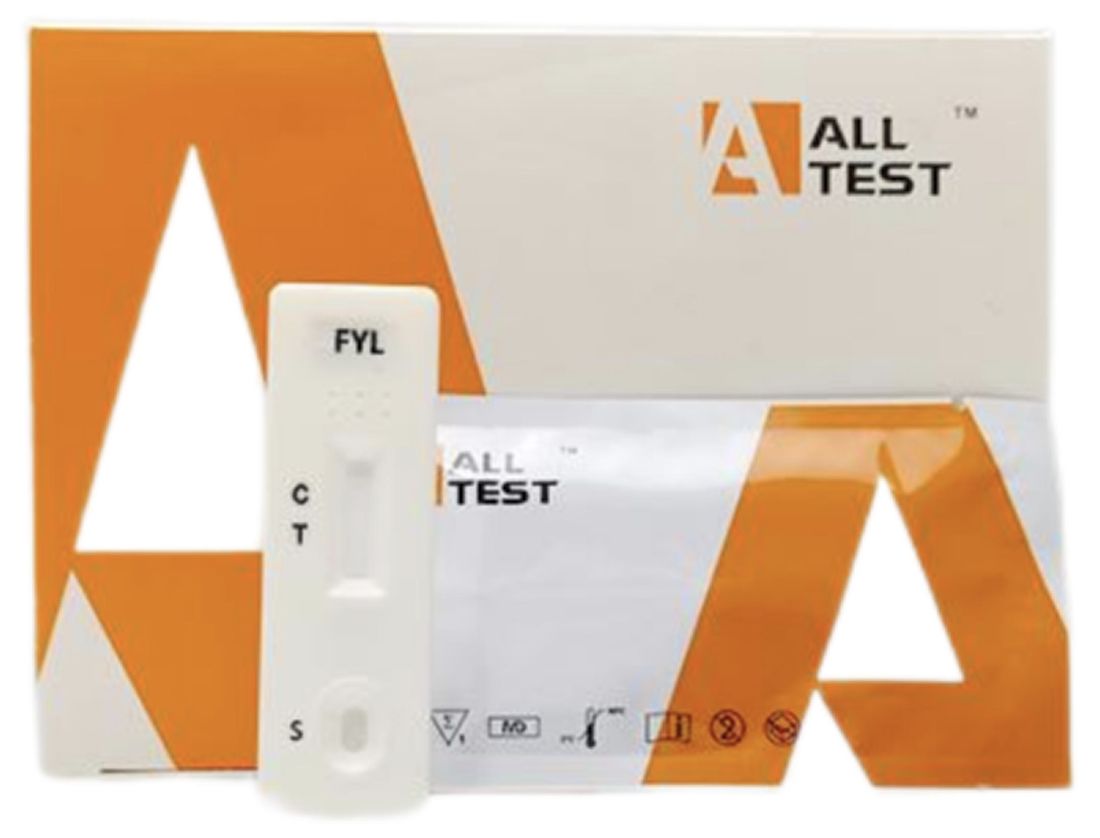
Cat.No. ID-HYW-0010
Fentanyl Urine Test Cassette (Home Use)
|
There is no product in your cart. |